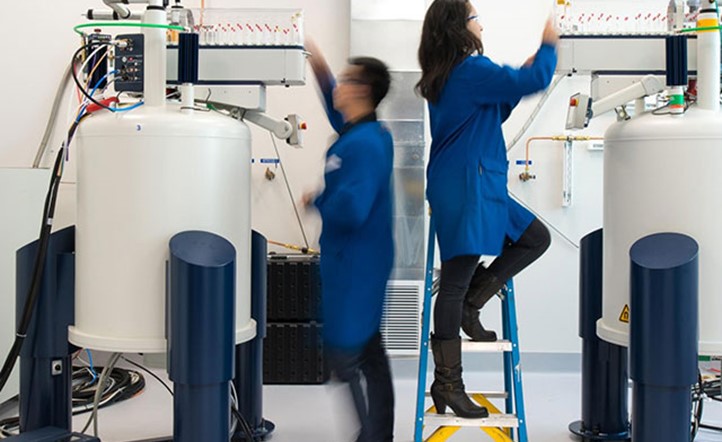GMP Annex I: Revision - Manufacture of Sterile Medicinal Products

To cover the current regulatory and technological developments in the manufacture of sterile medicinal products, the EU Commission decided to revise the EU GMP Annex 1 "Manufacture of Sterile Medicinal Products". In particular, the integration of ICH Guidelines Q9 (Quality Risk Management) and Q10 (Pharmaceutical Quality System) as well as the inclusion of new technological developments made the revision of Annex 1 imperative.
The Annex will take effect on 25 August 2023, except for section 8.123 on lyophilizer sterilization, which takes effect one year later on 25 August 2024. The revised requirements govern the manufacturing of sterile drugs made in the EU, as well as imported products.
The existing Annex I has been in effect since 2008 and has undergone several proposed revisions since then to reflect changes in regulatory and manufacturing environments. The new guideline should clarify how manufacturers can take advantage of new possibilities deriving from the application of an enhanced process understanding by using innovative tools as described in the ICH Q9 and Q 10 guidelines. The final version contains 59 pages, while the 2008 version had 16 pages. The Annex includes 10 sections covering scope, principles, pharmaceutical quality system (PQS), premises, equipment, utilities, personnel, production and specific technologies, environmental and process monitoring and quality controls.
There is a new section on the pharmaceutical quality systems, which incorporates the principles of quality risk management (QRM) into sterile drug manufacturing. References to QRM are also sprinkled throughout the document. There is also a new section addressing the concept of a contamination control strategy (CCS) in reducing contamination (One of the most important new requirements in the new Annex 1), as well as new sections which adopt recent advances in sterile processing technology in manufacturing, such as restricted access barrier systems (RABS) and isolators. The subchapter "Barrier Technologies" in the chapter "Premises" has almost doubled. The topics of background environment, gloves and decontamination methods have been dealt with separately for Isolators and RABS. The subchapters "Form-Fill-Seal (FFS)" and "Blow-Fill-Seal" in the chapter "Production and Specific Technologies" have almost tripled in scope and go into much more detail. In addition, there are further deletions, summaries and new insertions in many chapters, as well as rewordings.
Lastly, the revision harmonizes sterile drug manufacturing principles with those of the World Health Organization (WHO) and Pharmaceutical Inspection Cooperation Scheme (PIC/S) standards of sterile drug manufacturing, as well as better align with the US Food and Drug Administration’s (FDA) 2004 guidance on sterile drug products manufactured by aseptic processing.
The Annex states that while it aims to provide guidance for the manufacture of sterile products, “some of the principles and guidance, such as contamination control strategy, design of premises, cleanroom classification, qualification, validation, monitoring and personnel gowning, may be used to support the manufacture of other products that are not intended to be sterile such as certain liquids, creams, ointments and low bioburden biological intermediates, but where the control and reduction of microbial, particulate and endotoxin/pyrogen contamination is considered important.”
See complete comparison of document revision
Original Source: https://health.ec.europa.eu/latest-updates/revision-manufacture-sterile-medicinal-products-2022-08-25_en
